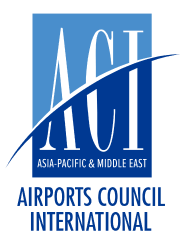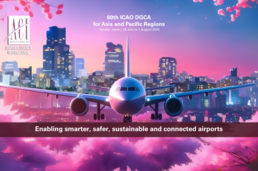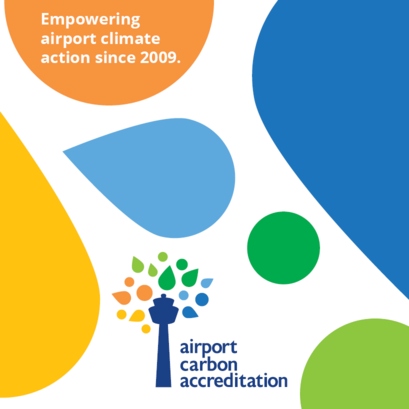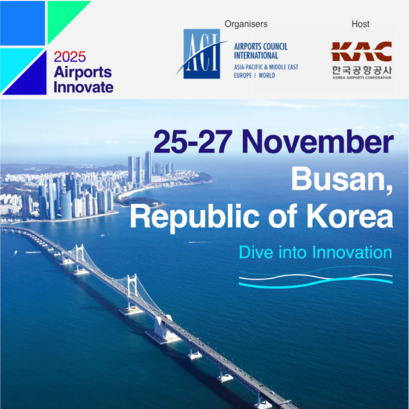
Asia-Pacific and Middle East see sharp airfare increase
- 2025-10-08
- Airfare variations is influenced by macro-economic factors and airline competition, not airport charges.
- Oceania is the most expensive region for air travel; India and China currently below the regional average in terms of airfare levels.
- Lowering airport charges would have marginal impact on airfares and only limit airports’ ability to invest in capacity and technology to improve service quality.
09 October 2025, Hong Kong SAR: Airports Council International Asia-Pacific & Middle East (ACI APAC & MID), the trade association representing airports, today released the 2025 edition of the Airfare Trends for the Asia-Pacific and Middle East regions, highlighting the rising cost of air travel.
The analysis, developed with the assistance of Flare Aviation Consulting, provides a data-driven perspective, highlighting markets that have experienced notable increases in airfares and examining the factors behind this surge across two of the world’s most dynamic aviation regions.
Despite substantial recovery of passenger traffic, across the region, an increasing trend is witnessed from H1 2019 to 2025, in contrast to the decreasing pattern observed during pre-pandemic years. The surge is largely driven by inflation (CPI) and reduced airline competition in some key sectors.
Asia-Pacific region has witnessed an average +8% increase in H1 2019 to 2025 as compared to an average -18% decrease observed during H1 2014 to 1019. However, the increase reported over the first half of the current year has been much more acute at country level, especially in the Oceania and ASEAN regions. Middle East has seen +15% surge in H1 2019 to 2025 as compared to an average -9% decrease observed during H1 2014 to 2019.
The report once again proves the marginal role of airport charges in driving the changes in airfares. Airport charges and turnaround costs (including government taxes) have generally increased below CPI levels. Interestingly, in markets where airport charges have moderately decreased, airfares have continued their upward momentum.
Key findings
- Airfares have surged across all markets, except China.
- Southeast Asia and Oceania experienced the highest increases, with airfares rising 20% and 30% above pre-pandemic levels, respectively.
- Oceania is the most expensive region for air travel.
- India and China currently below the regional average in terms of airfare levels.
- International fares increased by 17% above pre-pandemic, especially in Southeast Asia and Developed East Asia.
- Domestic fares surged over 30% above 2019 levels, especially for short-haul LCC routes where reduced competition allows higher pricing.
- Economic travelers bear the biggest share of these increases.
- Routes with low airline competition saw airfares increased up to 13 percentage points above the regional average.
- The US-China market was stable in 2025, with no significant airfare impact.
- Airfares shifts are now largely dictated by inflation (CPI) and airline competition, factors which are outside the airport’s control.
- Airfares increased by between 9% and 28% across the markets in the regions, even in markets where airport charges have decreased.
Stefano Baronci, Director General, ACI Asia-Pacific & Middle East, said: "The objective of this analysis is to assess the market dynamics and its impact on aviation, as well as provide transparency into the rising cost of air travel. This study also proves that lowering airport charges does not translate into reduction in ticket prices, instead, it limits airports’ ability to invest in capacity and technology to enhance service quality. To make air travel more affordable from a consumer perspective, policymakers should focus on liberalising markets such as open skies, market access and efficient slot policy that can strengthen airline competition while ensuring airports can continue to invest to build capacity to support the growth in the coming years."
- CATEGORY
- COUNTRY / AREA
- Hong Kong SAR
- AUTHOR
- ACI Asia-Pacific & Middle East
